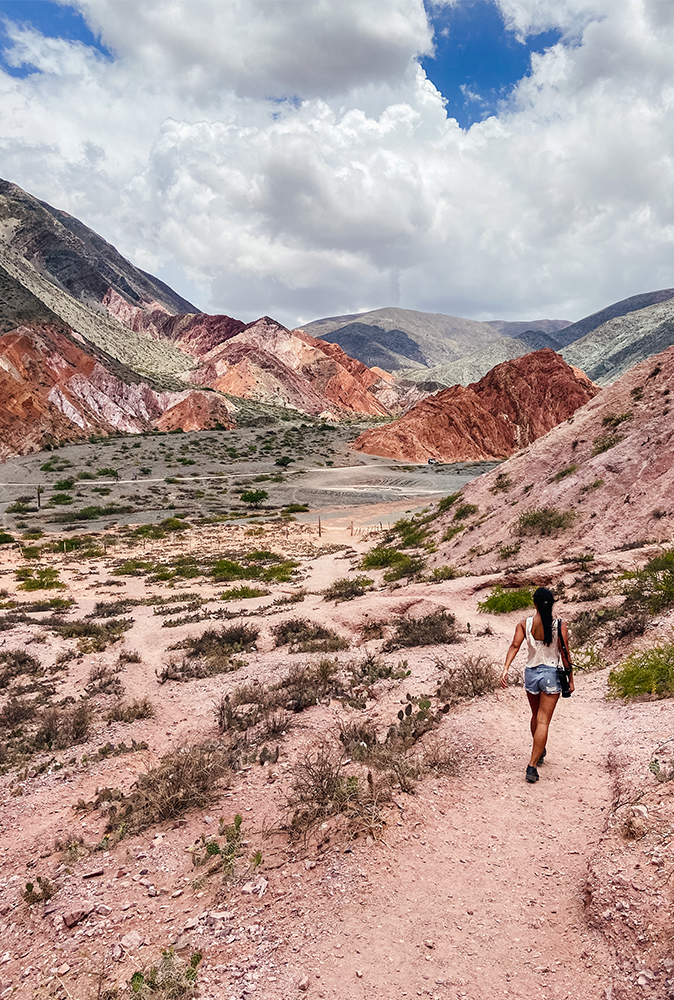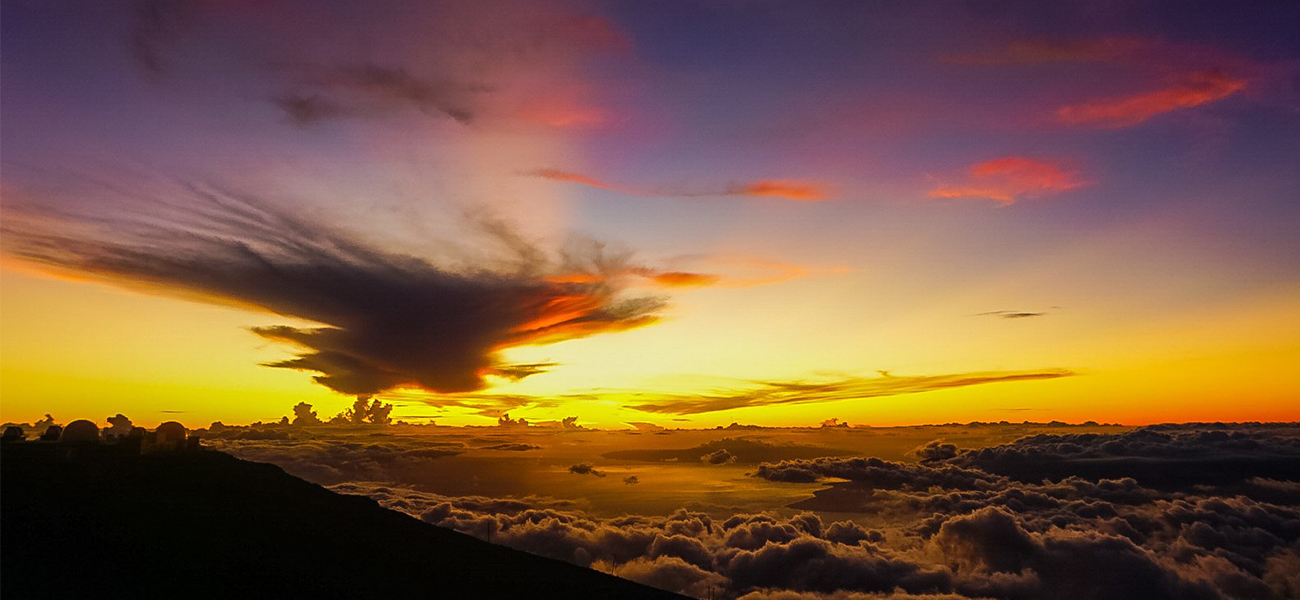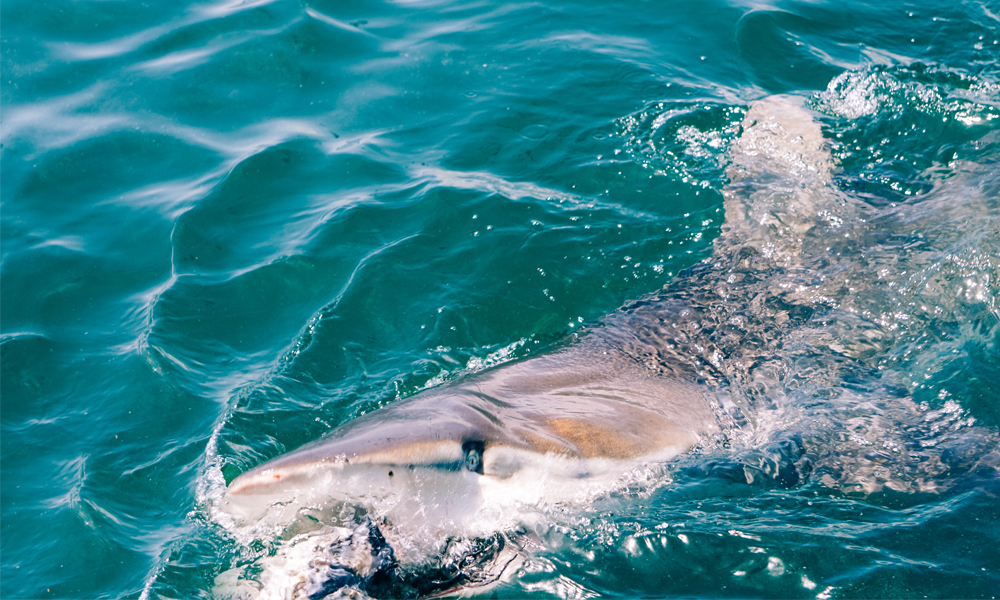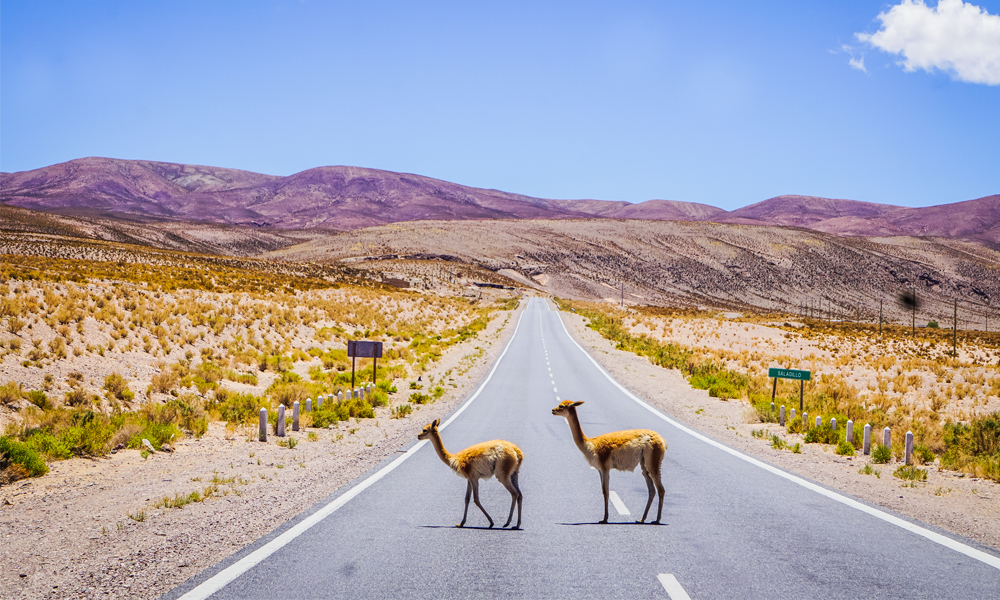
Argentina is widely known for it’s hikes in Patagonia and it’s many national parks, but many people often overlook the northern region. Hikes in Jujuy and Salta offer rugged landscapes framed by soaring Andean peaks. Jujuy is one of the country’s poorest regions and borders with Bolivia and Chile, so here you will get a feel of the more indigenous side of Argentina, and the prices are a lot cheaper than down south! It’s truly a paradise for nature lovers and photographers!
Where to stay
QUEBRADA DE LAS SEÑORITAS
This was the first hike we did, and it did not fail to impress! The landscape reminded us of the Red Rocks in Utah, and paired with the contrast of the blue sky was a spectacle of it’s own. We drove from Tilcara to Uquía, a small town with interesting small traditional houses and a church. If you know us you know that we always like to keep our snacks stocked up, so we stopped in a little house that served local foods and drink. We ordered some empanadas to take away and off we went!
To get to the start of the hike, follow the road up from the church and you’ll see a cemetery. From there, keep heading up and you’ll start seeing hundreds of cacti from a distance. You’ll then reach a small area which is a car park, and you’ll see the entrance to the hike. If you get lost from the beginning, you could always ask a local passing by “¿Dónde está la quebrada de las señoritas por favor”, which translates into “Where is the quebrada de las señoritas please?”.
You can spend a good 3 hours walking and admiring the red rock formations. It gets really hot around midday when the sun is at it’s strongest, so don’t forget your sun protection and shades!
Eco Tip 01: Take a visit to a local market to source fresh fruit and vegetables. It is likely that these aren’t wrapped in plastic, and you’ll be helping the local community!
THE CERRO DE SIETE COLORES (HILL OF SEVEN COLOURS)
If you’re familiar with Peru’s rainbow mountain, this is Argentina’s alternative. It’s one of the main hikes of the region and it’s not hard to see why! The 7 different colours of the rock formations were originally formed underwater and all the minerals and sediments that had formed over time, are now visible through erosion. The oldest section, the purple tint layer, was formed roughly 80-90 million years ago, and is a combination of lead and calcium carbonate. The green layers are formed from copper oxide and shale and date back to 600 million years old, making them the oldest!
To get there, drive to the picturesque town of Purmamarca. Alternatively you could catch a bus, check out the timetables here. We picked up a couple hitchhiking and drove them here so that could also be an option! This area is slightly more built up for tourists, with markets selling local arts and crafts and alpaca clothing. Don’t let that put you off though, they still strongly manage to retain their Andean culture and you can easily find local foods around the square.
The start of the hike is clearly signposted and you’ll probably see other trekkers heading that direction. It’s another short hike and the silence is incredibly powerful here, not birds, traffic and you’ll most likely have the whole place to yourself.
Learn more in related article: Must Try Food in Argentina!
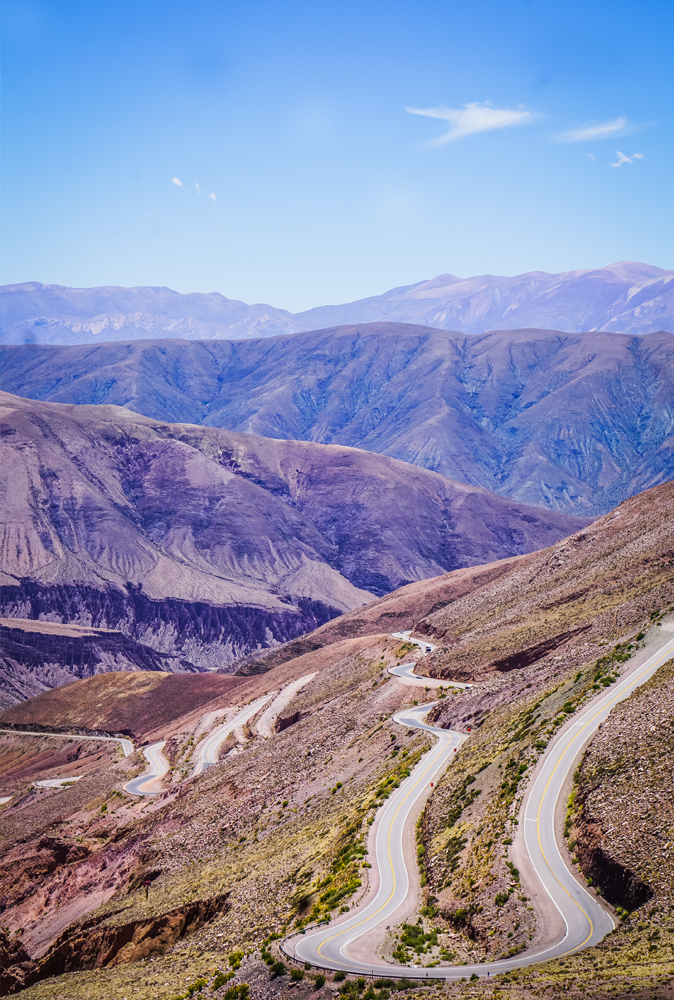
“Driving Down the Winding Roads in Jujuy”
